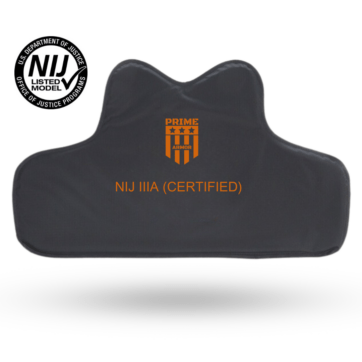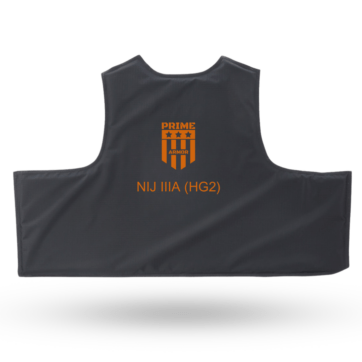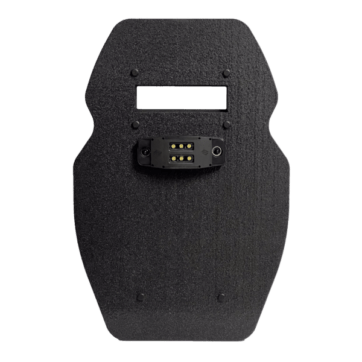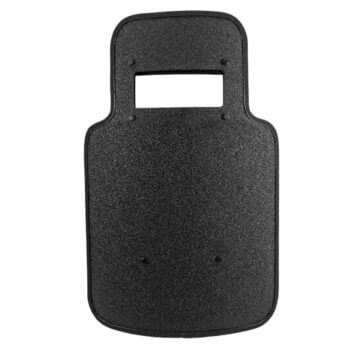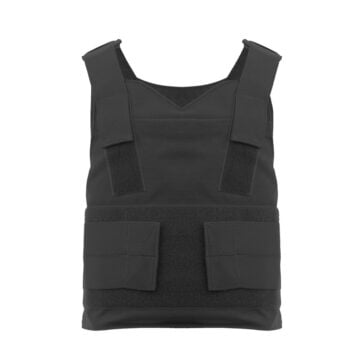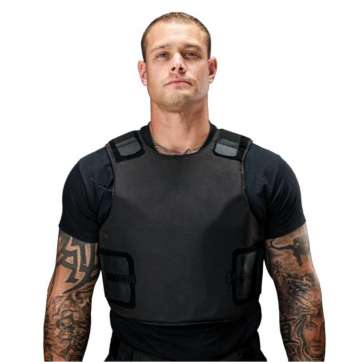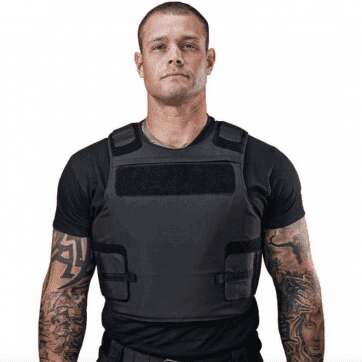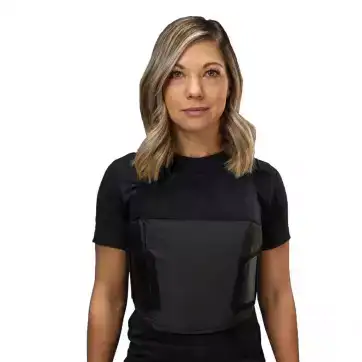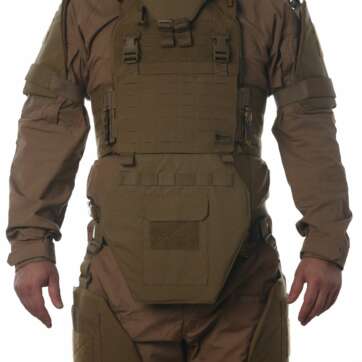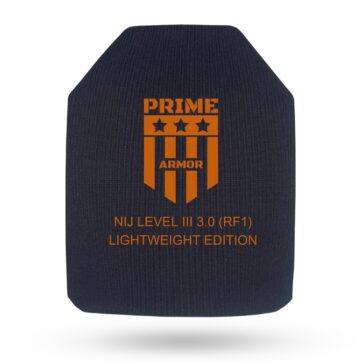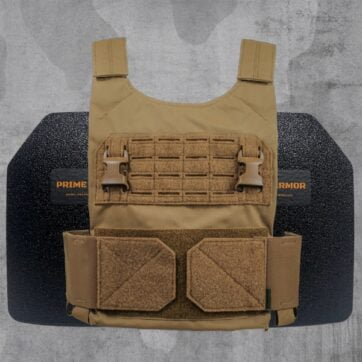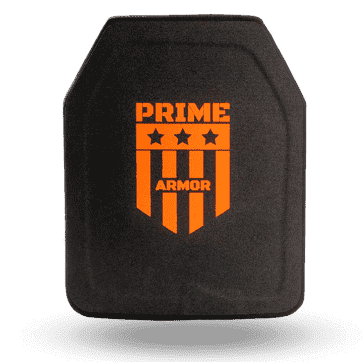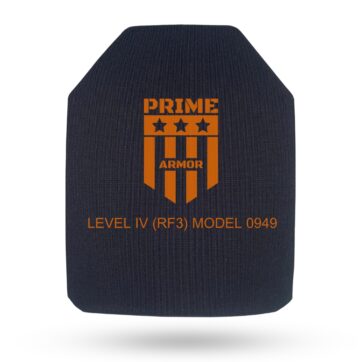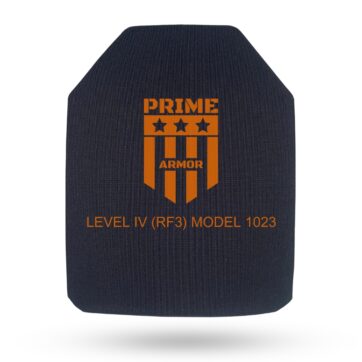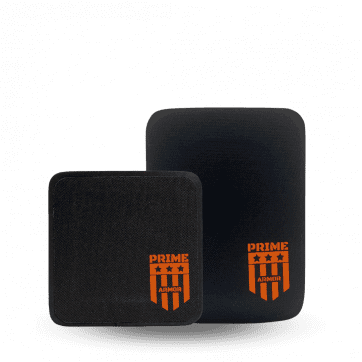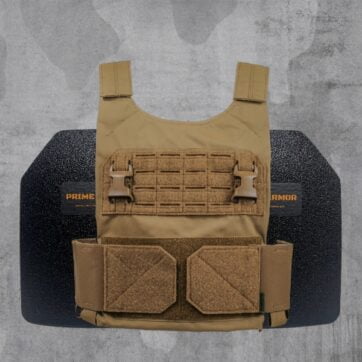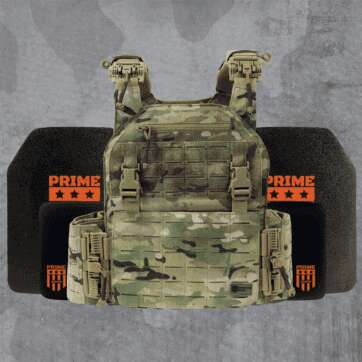When it comes to choosing a bullet-resistant vest, there’s a range of aspects that have to be taken into consideration. You should pay attention to how well it fits, whether it allows for adequate mobility and comfort, as well as what threats it is capable to prevent.
To find out the latter, you should get acquainted with main body armor levels. Its standards were specified by NIJ (National Institute of Justice) and are explained in this article in detail.
Levels of Body Armor
Before having a closer look at every protection grade, it’s worth mentioning that the 0101.06-Standard was determined by NIJ and is the only acknowledged classification as of today. It serves as a reference of what are the minimum performance levels and test procedures for both manufacturers and their clients.
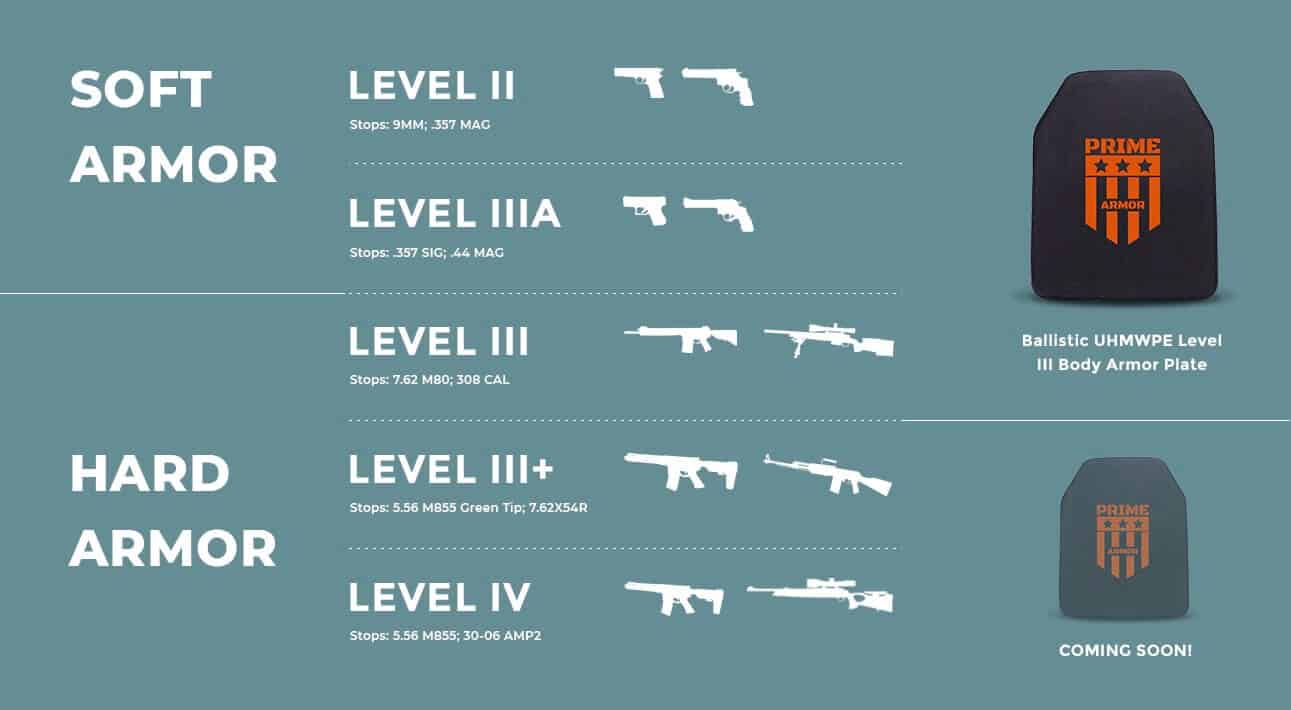
The main requirement of the governing body is that a vest does not get pierced by ammunition and protects from blunt force injury.
Two types of differentiated armor:
- soft
- hard
They are divided by levels with different capabilities but it is crucial to note that no ballistic plate safeguards from all kinds of threats. Insufficient protection can be just as dangerous for an officer as too high protection when it is not needed. In other words, wearing a vest does not protect from any danger that an officer might face on a battleground that is life-threatening. However, carrying heavy metal plates for security against rifle ammunition is irrelevant during a patrol shift. The weight and fit of such clothing might hinder the agility and mobility, thus, turn out to be hazardous.
Soft Armor
Soft armor refers to the most lightweight protective clothing. Its aim is to ensure ballistic safety to the torso and provide more flexibility and comfort for officers that need to wear bullet-resistant vests for hours on end while being on a duty shift.
Modern soft armor usually has many layers of protective materials like UHMWPE (ultra-high molecular weight polyethylene) or Kevlar. The key advantages are — it bends and accounts to be 40-80% lighter than steel or ceramic plates. The order of layers of protective panels, as well as their number, impact the general performance of armor, as their purpose is to stop the projectiles and spread the bullet’s energy to prevent blunt injury.
Soft body armor has three levels of protection. It is worn under a uniform, thus, often called concealable wear.
- Level IIA
This body armor grade is constructed to protect against handgun or pistol ammunition. Namely, it secures from 9 mm FMJ (Full Metal Jacket) RN (Round Nose) and 40 S&W FMJ rounds with 124- and 180-grain weight and a velocity of 1065 ft/s and 1245 ft/s respectively.
Level IIA offers the lightest protection grade. But it is mostly outdated today because it prevents blunt injury least of all.
- Level II
This is a more common body armor grade that might be easily concealed if needed. Given the proper fit, law enforcement and military personnel are able to wear bullet-resistant vests of this protection grade for up to 24 hours while on duty.
Level II secures against 9mm FMJ rounds with 124-grain weight and a speed of approximately 1245 ft/s. It also secures from .357 magnum JSP (Jacketed Soft Point). It is 158-grain heavy and moves at a velocity of 1430 ft/s.
- Level IIIA
Level IIIA stops threats like .357 SIG FMJ FN (Flat Nose) bullet the mass of which is 125 grains and its speed reaches 1430 ft/s. It also protects a carrier from .44 magnum SJHP (Semi-Jacketed Hollow Point) with a weight of 240 grains, arriving at an average speed of 1430 ft/s.
-
 NIJ Certified IIIA Soft Body Armor Inserts (SA3000)from: $39900
NIJ Certified IIIA Soft Body Armor Inserts (SA3000)from: $39900 -
 NIJ IIIA/HG2 Soft Armor Inserts (PA3300)from: $38000
NIJ IIIA/HG2 Soft Armor Inserts (PA3300)from: $38000 -
 THOR ULTRA LIGHT NIJ III BALLISTIC SHIELDfrom: $6,58000
THOR ULTRA LIGHT NIJ III BALLISTIC SHIELDfrom: $6,58000 -
 ARGUS MTS Level IIIA Shieldfrom: $2,82500
ARGUS MTS Level IIIA Shieldfrom: $2,82500 -
 NIJ IIIA PROTECTOR ULTRA CONCEALABLE CARRIER AND ARMOR (UCC)from: $50000
NIJ IIIA PROTECTOR ULTRA CONCEALABLE CARRIER AND ARMOR (UCC)from: $50000 -
 NIJ IIIA (HG2) COVERT CONCEALABLE BODY ARMOR AND CARRIERfrom: $50000
NIJ IIIA (HG2) COVERT CONCEALABLE BODY ARMOR AND CARRIERfrom: $50000 -
 NIJ IIIA CLASSIC BODY ARMOR AND CARRIERfrom: $50000
NIJ IIIA CLASSIC BODY ARMOR AND CARRIERfrom: $50000 -
 NIJ IIIA (HG2) COVERT FEMALE BODY ARMOR AND CARRIERfrom: $50000
NIJ IIIA (HG2) COVERT FEMALE BODY ARMOR AND CARRIERfrom: $50000 -
 Personal Armor System™Product on sale
Personal Armor System™Product on sale$1,25000$1,00000
Hard Armor
Unlike soft armor, the hard one includes higher protection grades—III and IV. It is produced with the purpose to secure from threats like rifle bullets. What this means is that it can be created not only from UHMWPE but also from sturdy and thick materials such as laminate sheets, ceramic or metallic sheets to ensure better security against potential danger.
As hard armor weighs more and does not provide such comfort, agility, and mobility as the soft one, it is usually worn for a shorter time period when a person is facing high-risk threats.
- Level III
Designed to secure an officer against rifle rounds, the level III ballistic plate stops 7.62×51 mm NATO FMJ (M80) ammunition with a heaviness of 147 grains and a velocity of 2780 ft/s.
- Level IV
Level IV is the most secure among body armor grades. It protects a wearer from 7.62×63mm (30 Caliber) M2 AP (Armor Piercing) rounds. They are 166-grain heavy and have a velocity of 2880 ft/s.
-
 Prime Armor Level IV (RF3) Model 0949from: $37500
Prime Armor Level IV (RF3) Model 0949from: $37500 -
 Prime Armor Level IV (RF3) Model 1023from: $23500
Prime Armor Level IV (RF3) Model 1023from: $23500 -
 Prime Armor Level IV Model (#1022) Side Plates (2pcs)from: $30000
Prime Armor Level IV Model (#1022) Side Plates (2pcs)from: $30000 -
 LOW PROFILE LEVEL IV BUNDLE 0949from: $85000
LOW PROFILE LEVEL IV BUNDLE 0949from: $85000 -
 Level IV Warrior Bundle Gen 3.0 Model #1023 (3 in 1)$64900
Level IV Warrior Bundle Gen 3.0 Model #1023 (3 in 1)$64900 -
 Level IV Warrior Bundle Gen 3.0 Model #0949 (3 in 1)$92500
Level IV Warrior Bundle Gen 3.0 Model #0949 (3 in 1)$92500 -
 Level IV Warrior Bundle Model #0949 (5-In-1)from: $95000
Level IV Warrior Bundle Model #0949 (5-In-1)from: $95000
In-Conjunction (IC) Armors
Both soft and hard armors might be used separately by themselves depending on the situation. However, ballistic security of the highest grades is frequently created to be utilized in conjunction. If soft armor clothing has front and rear pockets, it can be complemented with the hard one for superior safety. A less widespread option is when two soft armor sheets are combined together but it must take place only if designated so.
Wrap Up
Sorting out the basics of body armor protection grades is highly important for any person aiming to purchase a bullet-resistant vest or other types of protective clothing. You should pay attention to the types of projectiles the ballistic plates secure from and evaluate the potential threat you are to face while wearing ballistic sheets so they provide adequate security.
Another significant aspect to take into consideration is whether body armor is In-Conjunction or Stand-Alone. It is not only a matter of safety—although it is of primary importance —but of spendings which are particularly important in times of crisis.
